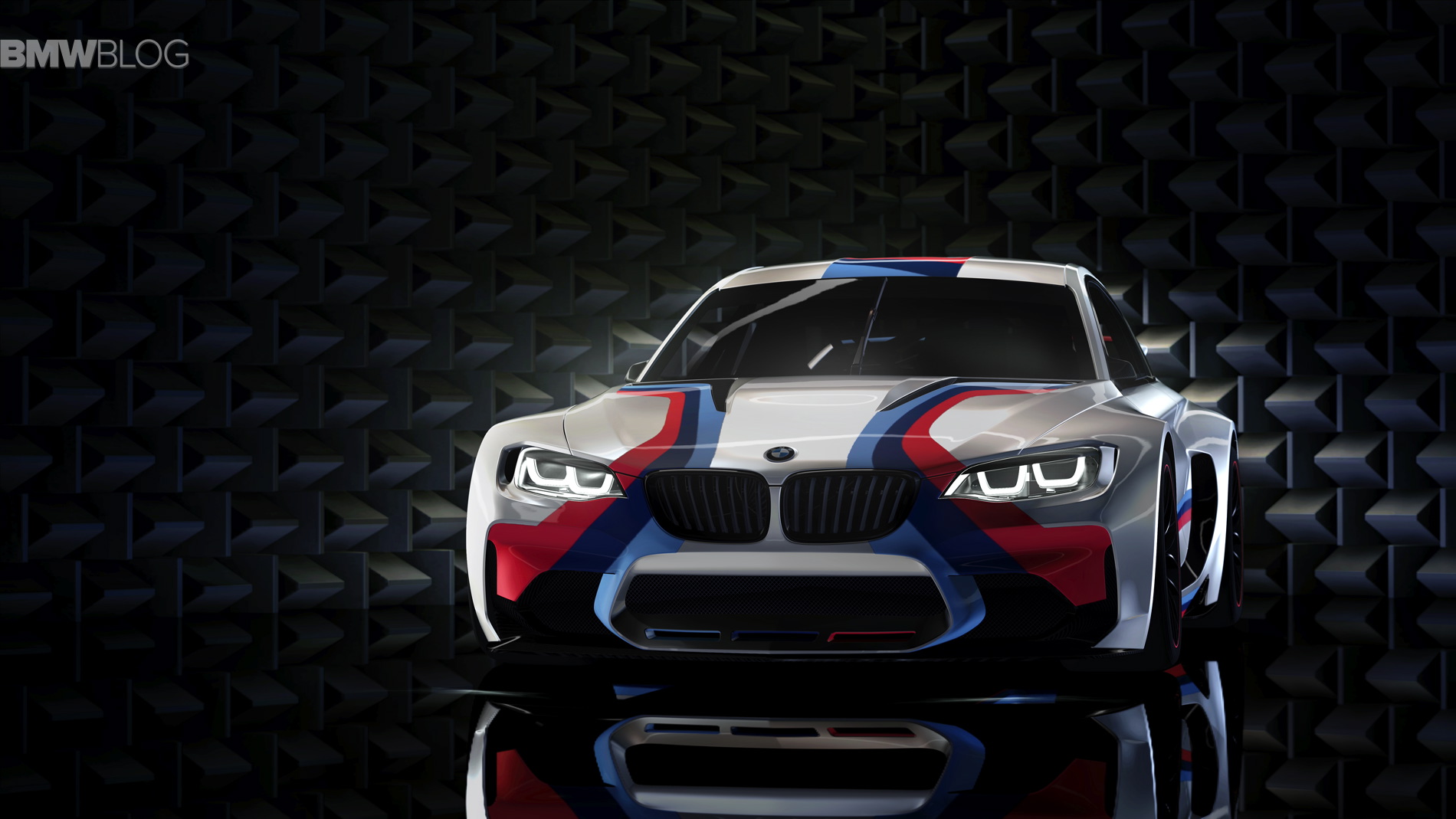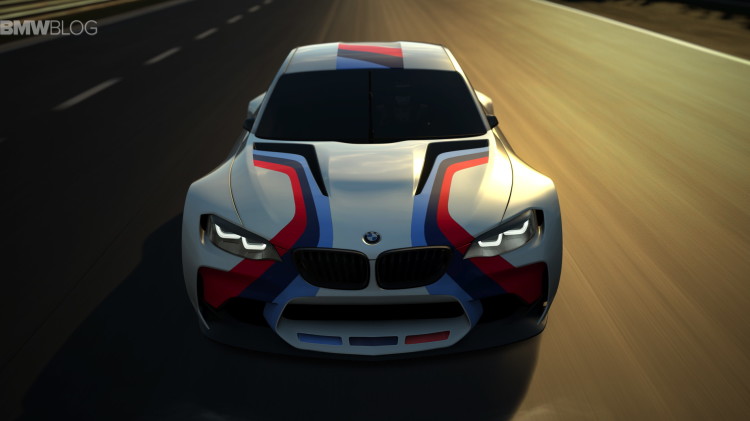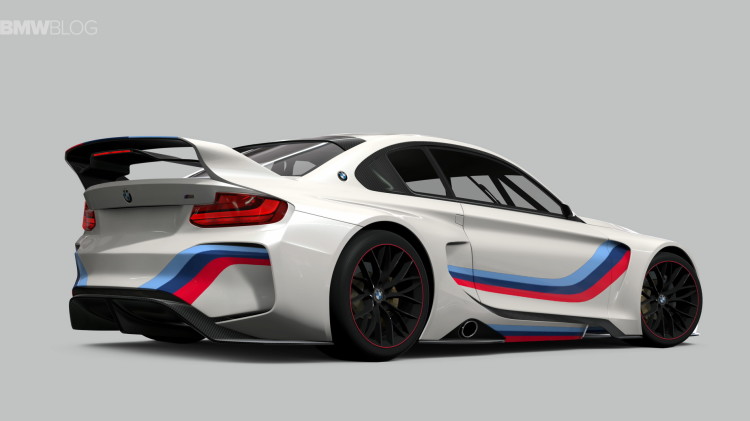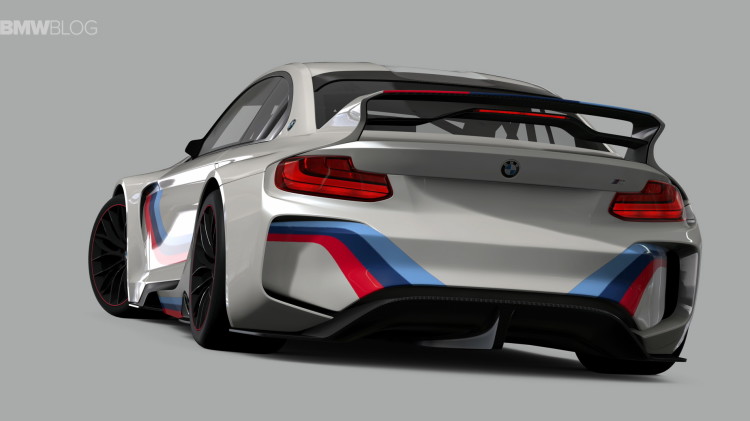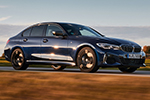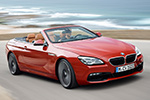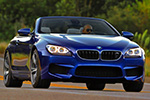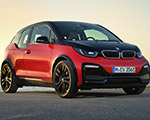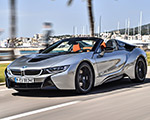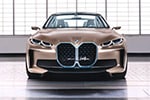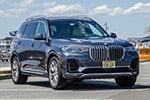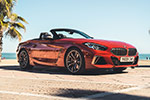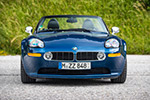Over a decade ago, Sony’s video game studio, Polyphony Digital, invited car manufacturers like BMW, Mercedes-Benz, Volkswagen and Honda to design racecar concepts for its best-selling game, Gran Turismo. The project commemorated the 15th anniversary of the video game, which has sold over 90 million copies since its launch.
BMW subsequently came up with the Vision Gran Turismo (GT) coupe, featuring an advanced aerodynamic design, a 3.0-liter twin-turbocharged engine, and lightweight construction with 50:50 weight distribution. Although the prototype primarily drew inspiration from the Bavarian automaker’s 1970s touring cars, such as the 3.0 CSL and the 2002 Turbo, it also offered a glimpse of features that would later appear in BMW’s current model range.
M2—Real Life Vision GT
For instance, a couple of years after the Vision GT, BMW launched the F87 M2, which took visual cues from the former, including its compact silhouette, aggressive front fascia, kidney grilles, and headlights. Furthermore, the M2 had similar performance characteristics, with its lightweight and agile chassis and the N55 3.0-liter twin-turbo engine. In fact, the M2’s dynamics are also reminiscent of the 3.0 CSL and the 2002, as well as other iconic BMWs such as the 1M Coupe and the E46 M3.
Needless to say, like the Vision GT, the M2 has been an enthusiast’s favorite as well — it is the highest-selling full-fledged M car and a recipient of various prestigious awards, including Evo Magazine Car of the Year, Motor Trend Performance Vehicle of the Year, and Auto Express Performance Car of the Year.
Besides, at $65,500, the M2 provides excellent value for money, especially when compared to the less-powerful Porsche 718 Cayman ($72,800) or the M3 (ranging from $76,700 to $86,000) and the M4 ($80,100 to $89,400).
Vision GT—Lightweight Construction
We know that modern safety and technological features have made it practically impossible for BMW and other OEMs to produce genuinely lightweight cars. However, as the Vision GT illustrated, BMW is still employing many innovative materials and techniques to keep things under control as much as possible.
Case in point: the i8 and the i3, revealed around the same time as the Vision GT, featured carbon-fiber construction (a material typically seen in supercars from McLaren and Ferrari). Meanwhile, the Neue Klasse electric vehicles will use components that weigh 50 percent less compared to CLAR vehicles. Not to mention, special-edition M models, such as the M2 CS, the M4 CS, and the M4 GTS, utilize various weight-saving measures to improve performance, handling, and balance.
S58 – One of BMW’s Best Engines
The Vision GT’s 3.0-liter twin-turbo engine generated 549 horsepower and 499 pound-feet of torque, and these are comparable specs to what we see in the S58-powered M3/M4. Indeed, the M4 CSL’s 3.0-liter twin-turbo inline-six produces 543 horsepower and 479 pound-feet of torque, with power sent exclusively to the rear wheels via an 8-speed automatic gearbox. The 0 to 60 miles per hour time is over 3 seconds, and the top speed is 191 mph.
Notably, the M4 CSL holds the record for being the fastest BMW around the Nurburgring racetrack, with a lap time of 7 minutes and 18 seconds. It is quite expensive, though, at $140,000, and production has been limited to just 1,000 units.
Nonetheless, as it stands, other M3/M4 models also use the same S58 engine, and their detuned versions pack plenty of punch. For example, the standard M4 delivers 473 horsepower and reaches 0 to 60 mph in just 4.1 seconds, whereas the M4 Competition xDrive generates 523 horsepower and accelerates from 0 to 60 mph in 3.4 seconds.
Ultimately, the S58 is one of the best engines BMW has ever produced, and again, the Vision GT provided an early (game-based) illustration of that. And all this just goes on to show how BMW’s collaboration with Polyphony Digital was more than just a marketing project.


